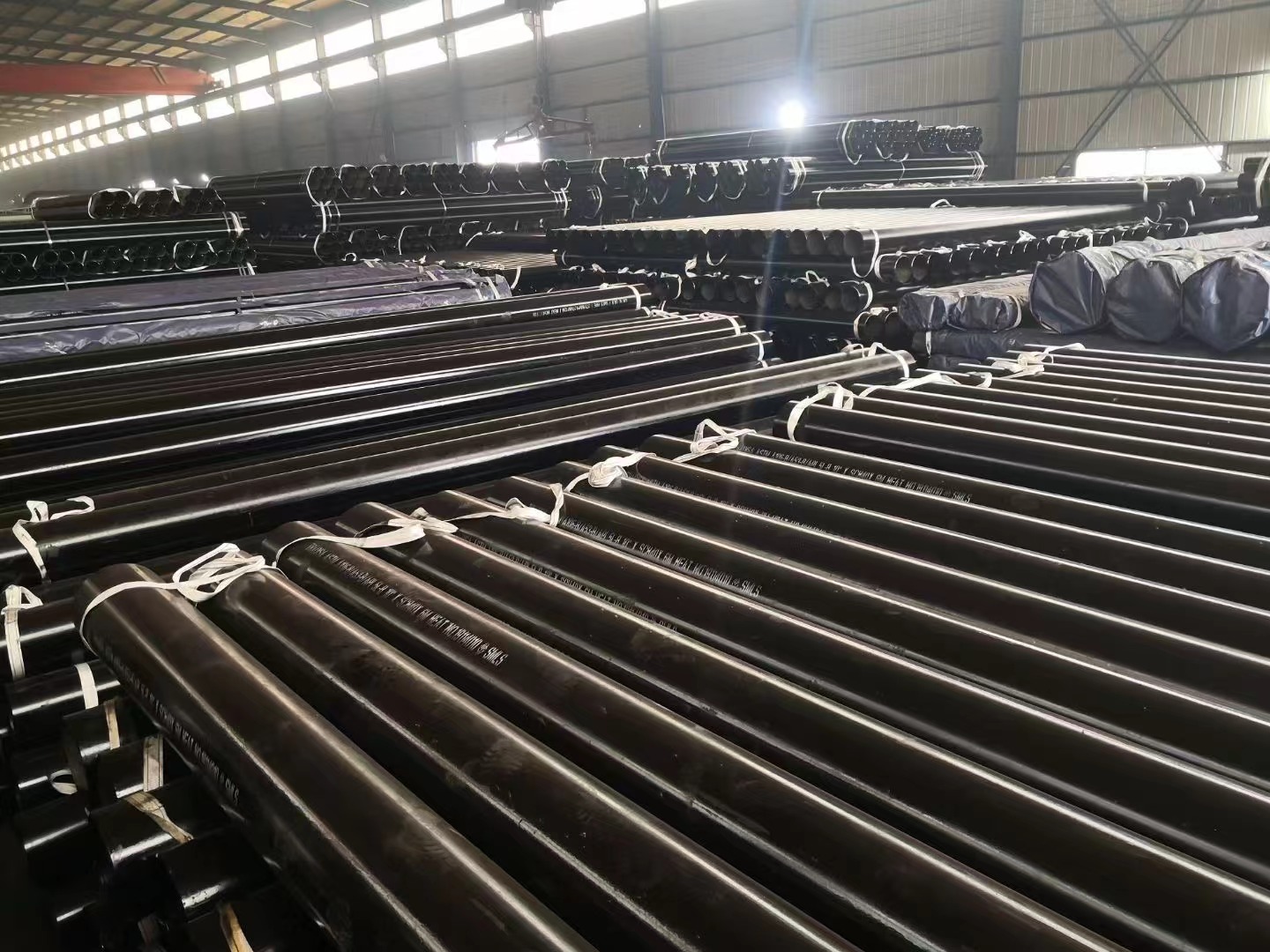-
Cangzhou Yulong Steel Co., Ltd.
-
Phone:
+86 13303177267 -
Email:
admin@ylsteelfittings.com
- English
- Arabic
- Italian
- Spanish
- Portuguese
- German
- kazakh
- Persian
- Greek
- French
- Russian
- Polish
- Thai
- Indonesian
- Vietnamese
- Zulu
- Korean
- Uzbek
- Hindi
- Serbian
- Malay
- Ukrainian
- Gujarati
- Haitian Creole
- hausa
- hawaiian
- Hebrew
- Miao
- Hungarian
- Icelandic
- igbo
- irish
- Japanese
- Javanese
- Kannada
- Khmer
- Rwandese
- Afrikaans
- Albanian
- Amharic
- Armenian
- Azerbaijani
- Basque
- Belarusian
- Bengali
- Bosnian
- Bulgarian
- Catalan
- Cebuano
- China
- China (Taiwan)
- Corsican
- Croatian
- Czech
- Danish
- Esperanto
- Estonian
- Finnish
- Frisian
- Galician
- Georgian
- Kurdish
- Kyrgyz
- Lao
- Latin
- Latvian
- Lithuanian
- Luxembourgish
- Macedonian
- Malgashi
- Malayalam
- Maltese
- Maori
- Marathi
- Mongolian
- Myanmar
- Nepali
- Norwegian
- Norwegian
- Occitan
- Pashto
- Dutch
- Punjabi
- Romanian
- Samoan
- Scottish Gaelic
- Sesotho
- Shona
- Sindhi
- Sinhala
- Slovak
- Slovenian
- Somali
- Sundanese
- Swahili
- Swedish
- Tagalog
- Tajik
- Tamil
- Tatar
- Telugu
- Turkish
- Turkmen
- Urdu
- Uighur
- Welsh
- Bantu
- Yiddish
- Yoruba

Jul . 21, 2024 01:58 Back to list
Strategies for Minimizing the Use of Blind Flanges in Piping Systems and Applications
Reducing Blind Flanges A Vital Component in Piping Systems
In the realm of piping systems, the significance of using appropriate fittings to ensure functionality and safety cannot be overstated. Among these fittings, reducing blind flanges play a crucial role in facilitating efficient and effective fluid handling. This article delves into the nature, applications, and advantages of reducing blind flanges, highlighting their importance in various industries.
What is a Reducing Blind Flange?
A reducing blind flange is a type of flange that combines the features of a blind flange and a reducing flange. A blind flange is used to seal the end of a piping system, while a reducing flange allows for a change in pipe size. Essentially, a reducing blind flange provides a closure for a pipe while simultaneously accommodating a reduction in diameter, making it indispensable in situations where pipes of different sizes connect.
Typically made from materials such as stainless steel, carbon steel, or alloy materials, reducing blind flanges are manufactured to withstand high pressure and temperature conditions
. Their robust construction ensures longevity and reliability, reducing the need for frequent replacements and maintenance.Applications in Various Industries
Reducing blind flanges are utilized across multiple sectors, including oil and gas, chemical processing, water treatment, and HVAC (heating, ventilation, and air conditioning). In the oil and gas industry, for instance, these flanges are essential for pipeline installations that require transitioning between various pipe sizes due to hydraulic requirements or design constraints.
reducing blind flange

In chemical processing, maintaining the integrity of piping systems is critical. Reducing blind flanges not only provide secure closures but also facilitate the safe handling of chemicals by preventing leaks and contamination. Similarly, in water treatment facilities, these flanges are employed to ensure that different sections of the water supply system can be effectively sealed while reducing the risk of water loss or contamination.
Advantages of Using Reducing Blind Flanges
One of the primary advantages of using reducing blind flanges is their ability to simplify the design of piping systems. By integrating two functions—closure and size reduction—into a single component, engineers can save both time and resources during installation. This is particularly beneficial in complex systems where space and accessibility are limited.
Moreover, reducing blind flanges help to minimize the number of components required in a piping system. This reduction not only decreases installation costs but also lowers the potential for mechanical failure, as fewer connections mean fewer opportunities for leaks or malfunctions.
Another advantage is the enhanced flow efficiency they provide. When transitioning between different pipe sizes, the abrupt changes in diameter can lead to turbulence and pressure drops. Reducing blind flanges are designed to provide a smoother transition, thereby facilitating better flow characteristics and improving overall system performance.
Conclusion
In conclusion, reducing blind flanges serve as a vital component in modern piping systems, offering both functionality and safety across various industries. Their ability to provide a secure seal while accommodating different pipe sizes makes them indispensable in facilitating efficient fluid transport. As industries continue to evolve and demand more reliable piping solutions, the importance of understanding and utilizing reducing blind flanges will remain paramount. Investing in high-quality reducing blind flanges can lead to significant long-term benefits, ensuring the integrity and efficiency of piping systems for years to come.
Latest news
-
ANSI 150P SS304 SO FLANGE
NewsFeb.14,2025
-
ASTM A333GR6 STEEL PIPE
NewsJan.20,2025
-
ANSI B16.5 WELDING NECK FLANGE
NewsJan.15,2026
-
ANSI B16.5 SLIP-ON FLANGE
NewsApr.19,2024
-
SABS 1123 FLANGE
NewsJan.15,2025
-
DIN86044 PLATE FLANGE
NewsApr.19,2024
-
DIN2527 BLIND FLANGE
NewsApr.12,2024
-
JIS B2311 Butt-Welding Fittings LR/SR 45°/90° /180°Seamless/Weld
NewsApr.23,2024











